Optimal Timing for Organic Lawn Treatments
Organic lawn treatments can be effective year-round when applied at optimal times. The timing depends on local climate, grass type, and specific treatment goals. Generally, early spring and early fall are considered ideal periods for most organic lawn care applications, allowing nutrients to be absorbed effectively and supporting healthy growth.
Applying organic treatments in spring promotes strong growth and helps prepare the lawn for the growing season.
Summer treatments should be timed during cooler periods or early mornings to avoid heat stress on the grass.
Fall is optimal for organic fertilization, supporting root development and preparing the lawn for winter.
Treatments are most effective when soil temperatures are between 55-70°F, encouraging nutrient uptake.
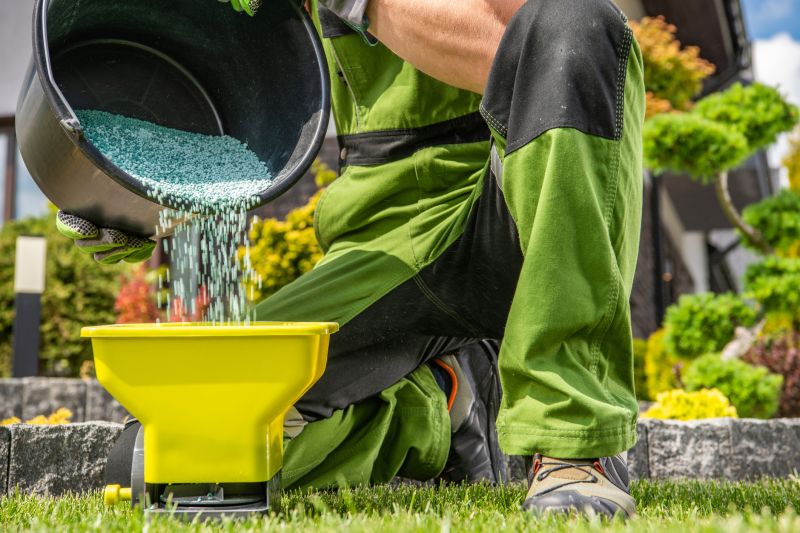
Applying organic fertilizers during early spring.

Lush, green lawn supported by timely organic treatments.
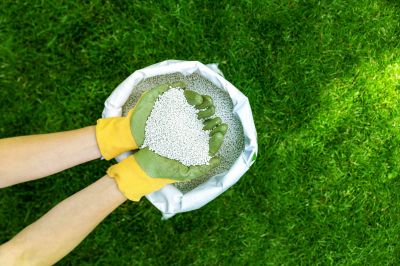
Preparing soil for organic fertilization in fall.
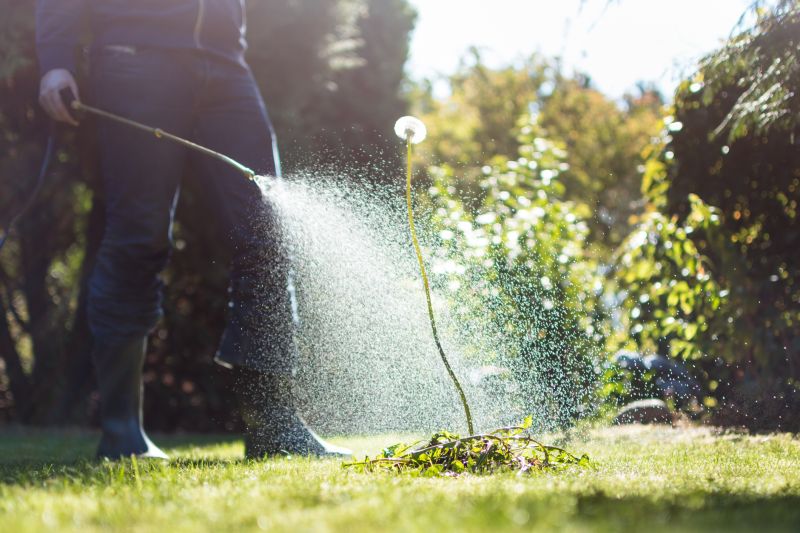
Ways to make Organic Lawn Treatments work in tight or awkward layouts.
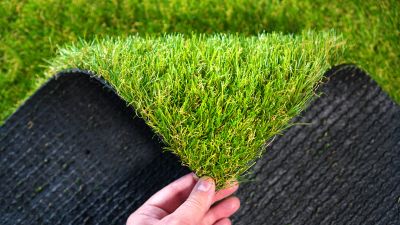
Popular materials for Organic Lawn Treatments and why they hold up over time.

Simple add-ons that improve Organic Lawn Treatments without blowing the budget.
Organic lawn treatments utilize natural fertilizers and soil amendments to promote healthy grass growth without synthetic chemicals. They improve soil health, enhance nutrient availability, and reduce environmental impact. Proper timing ensures these benefits are maximized, leading to a resilient and vibrant lawn. Studies indicate that organic fertilization, when timed correctly, can increase turf density and color while decreasing pest and disease issues.

Timing organic fertilizer applications for optimal results.
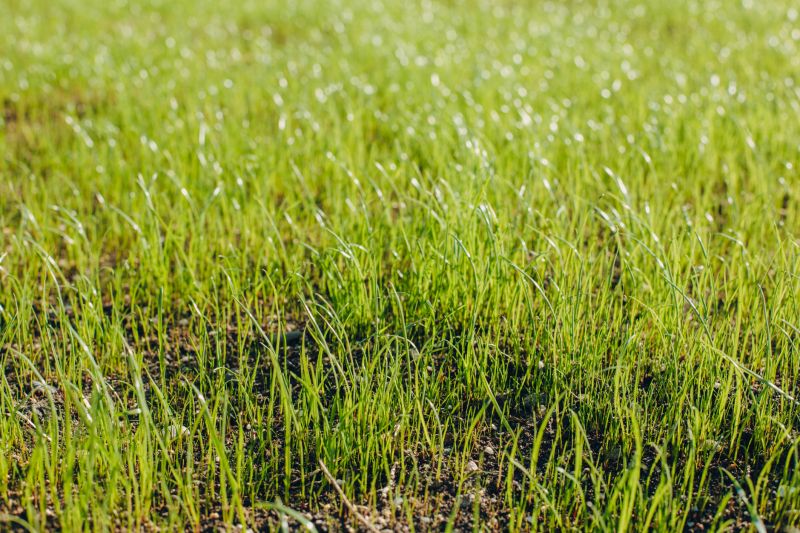
Healthy, dense grass after timely organic treatments.
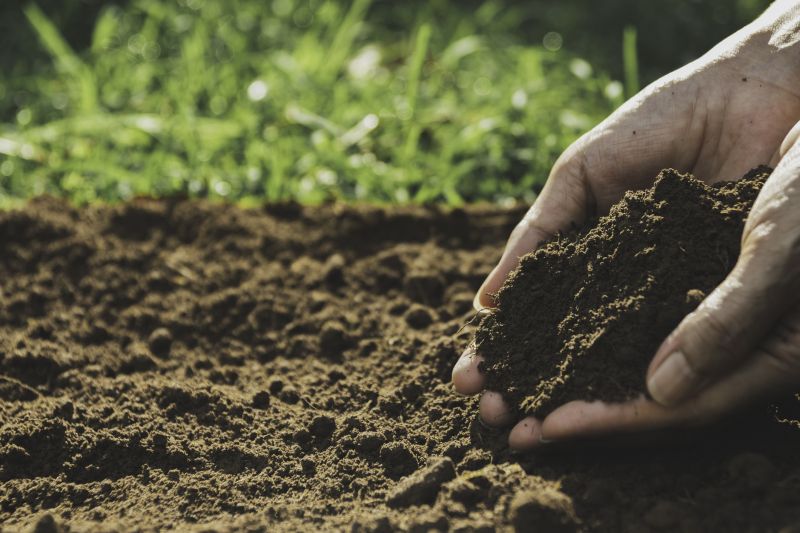
Enriching soil with organic amendments.

Aligning treatments with seasonal growth cycles.

High-end options that actually feel worth it for Organic Lawn Treatments.

Finishes and colors that play nicely with Organic Lawn Treatments.
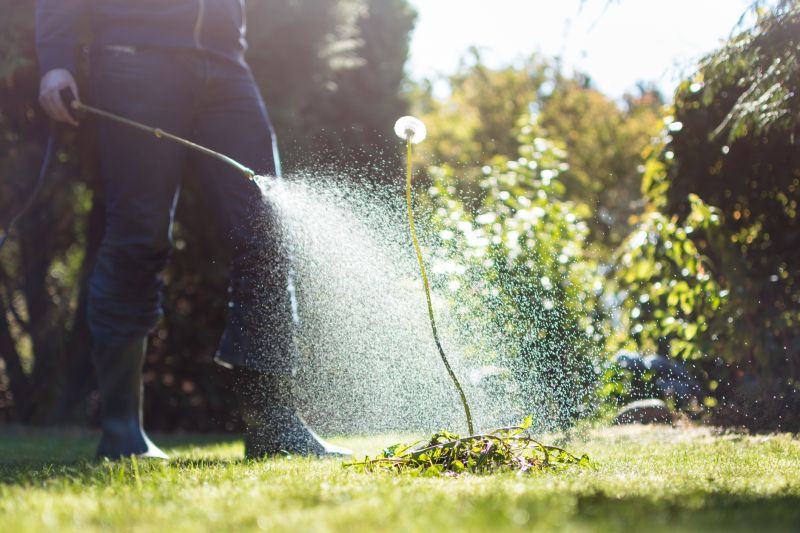
Little measurements that prevent headaches on Organic Lawn Treatments day.

A 60-second routine that keeps Organic Lawn Treatments looking new.
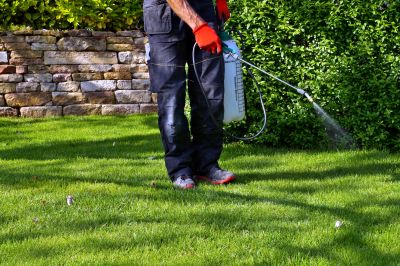
A frequent mistake in Organic Lawn Treatments and how to dodge it.
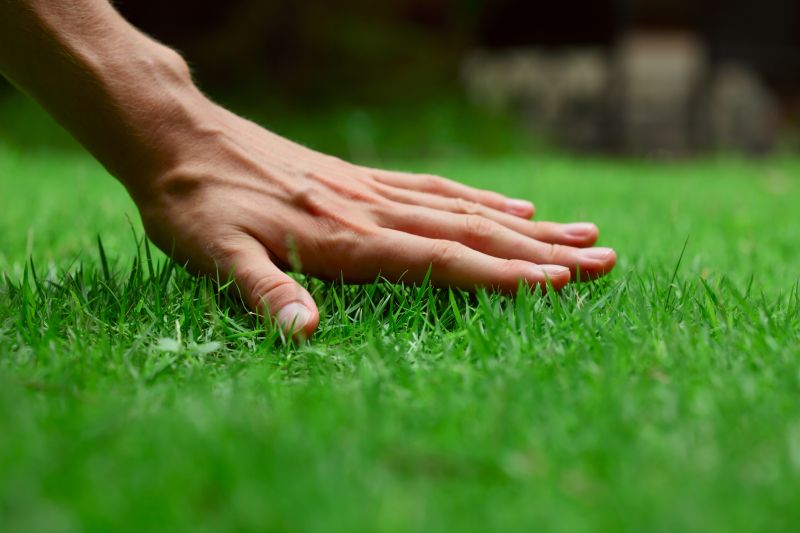
Small tweaks to make Organic Lawn Treatments safer and easier to use.
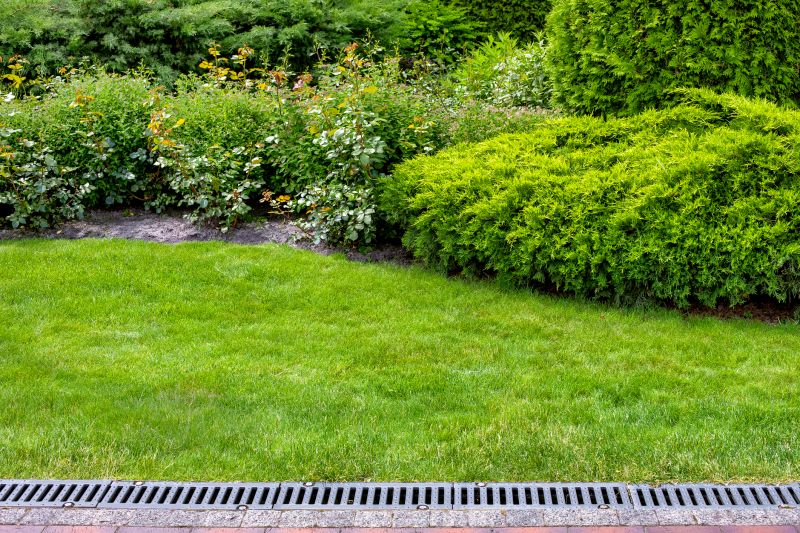
Lower-waste or water-saving choices for Organic Lawn Treatments.

The short, realistic tool list for quality Organic Lawn Treatments.
| Season | Recommended Timing |
|---|---|
| Spring | Early spring, when soil warms to 55-70°F. |
| Summer | Early mornings or cooler days, avoid peak heat. |
| Fall | Late summer to early fall for root support. |
| Winter | Generally not recommended, except in mild climates. |
| Grass Type | Cool-season or warm-season grass influences timing. |
| Soil Condition | Treat when soil is moist but not waterlogged. |
Choosing the right time for organic lawn treatments enhances nutrient uptake and promotes sustainable growth. Proper timing reduces the risk of nutrient runoff and ensures the lawn remains healthy throughout the year. Regular assessments of soil temperature and moisture levels can guide optimal application periods, maximizing the effectiveness of organic products.

Tools used for timely organic treatments.

Lawn thriving with correctly timed organic care.

Aligning treatments with seasonal needs.

Monitoring soil conditions for optimal timing.
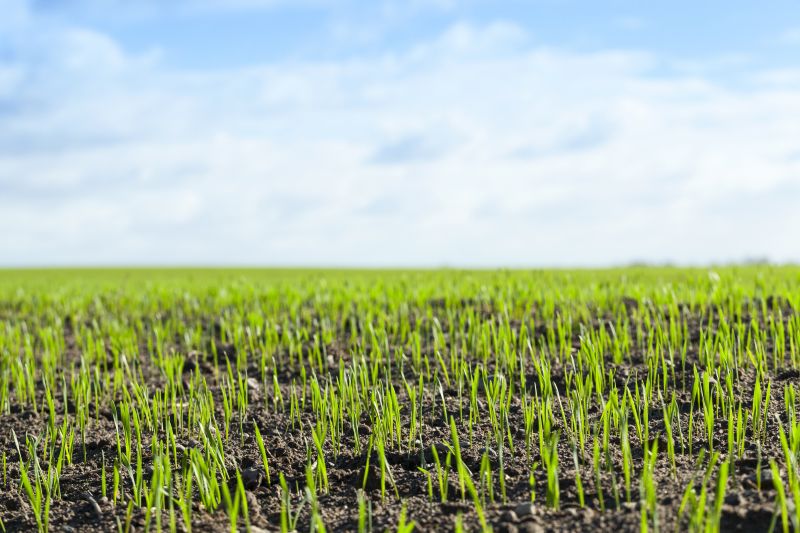
Rough timing from prep to clean-up for Organic Lawn Treatments.
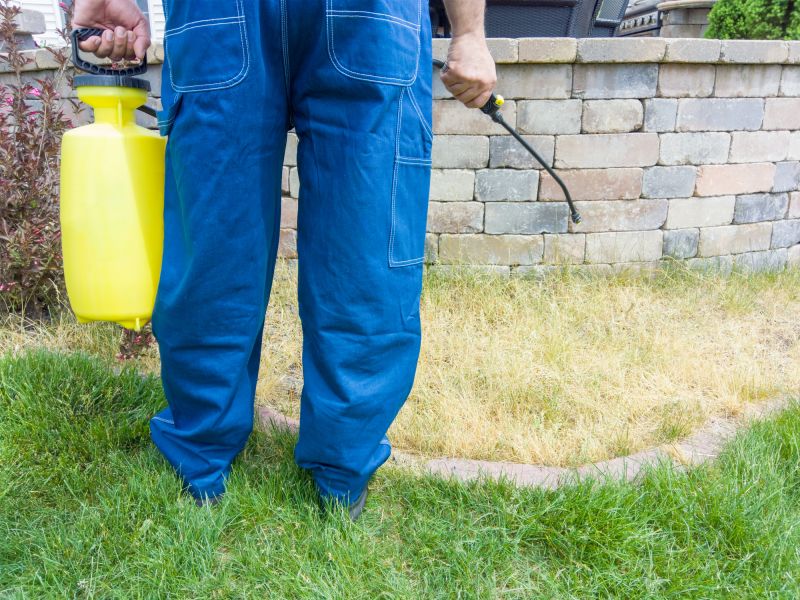
Quick checks and paperwork to keep after Organic Lawn Treatments.

Examples that show the impact a good Organic Lawn Treatments can make.

Ways to make Organic Lawn Treatments work in tight or awkward layouts.

Ways to make Organic Lawn Treatments work in tight or awkward layouts.

Ways to make Organic Lawn Treatments work in tight or awkward layouts.
Interested in organic lawn treatments? Filling out the contact form can provide tailored recommendations based on local conditions and specific lawn needs. Proper timing and application techniques can lead to a healthier, more vibrant lawn that requires fewer chemical inputs.



